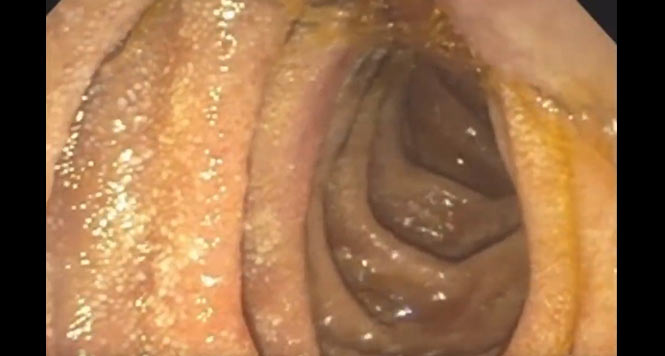Performance of Published Criteria in Predicting Choledocholithiasis in Practice
Rajesh N. Keswani, MD, MS, reviewing Silva-Santisteban A, et al. Endosc Int Open 2023 Jun 21.
Choledocholithiasis can be identified through multiple means, including a right upper quadrant ultrasound, endoscopic ultrasound (EUS), endoscopic retrograde cholangiography (ERCP), magnetic resonance cholangiopancreatography (MRCP), and intraoperative cholangiogram. Which modality is utilized is dependent, in part, upon the likelihood that a stone is present. Both the American Society for Gastrointestinal Endoscopy (ASGE) and the European Society of Gastrointestinal Endoscopy (ESGE) have proposed guidance to help clinicians risk-stratify the likelihood of choledocholithiasis.
In this single-center prospective study, all patients with suspected choledocholithiasis were identified based on the prespecified criteria presence of epigastric or right upper quadrant abdominal pain associated with any one of the following: abnormal liver enzymes, bile duct dilation, or suspected bile duct stone on initial imaging. Patients were evaluated using ASGE 2010, ASGE 2019, and ESGE criteria.
In total, 359 patients who met inclusion criteria were identified. The likelihood of stones being present when categorized as “high risk” varied somewhat for ASGE 2019 (81.6%), ASGE 2010 (79.1%), and ESGE (83.1%) guidelines. In other words, nearly 20% of high-risk patients did not have stone disease. The ESGE criteria resulted in the highest number of patients requiring further testing with EUS or MRCP but the lowest number of patients undergoing unnecessary ERCP. The overall accuracy for the diagnosis of choledocholithiasis for ASGE 2010 criteria was 0.72 (95% confidence interval [CI], 0.67-0.76), ASGE 2019 was 0.73 (95% CI, 0.67-0.77), and ESGE was 0.73 (95% CI, 0.67-0.77). These differences were not statistically significant (P=.9).

COMMENTAll guidelines performed similarly in terms of predicting choledocholithiasis. Although high-risk patients are clearly more likely to have choledocholithiasis, the suboptimal positive predictive value for even this group would suggest that clinicians should consider a confirmatory test prior to ERCP. We would recommend that, in select cases, high-risk patients should still undergo a confirmatory EUS before ERCP. Moreover, low-risk patients should undergo magnetic resonance imaging or intraoperative cholangiogram to confirm that no stones are present.
Note to readers: At the time we reviewed this paper, its publisher noted that it was not in final form and that subsequent changes might be made.
CITATION(S)
Silva-Santisteban A, Shah I, Chandnani M, et al. Prospective assessment of the accuracy of ASGE and ESGE guidelines for choledocholithiasis. Endosc Int Open 202311:E599-E606. (https://doi.org/10.1055/a-2089-0344)


